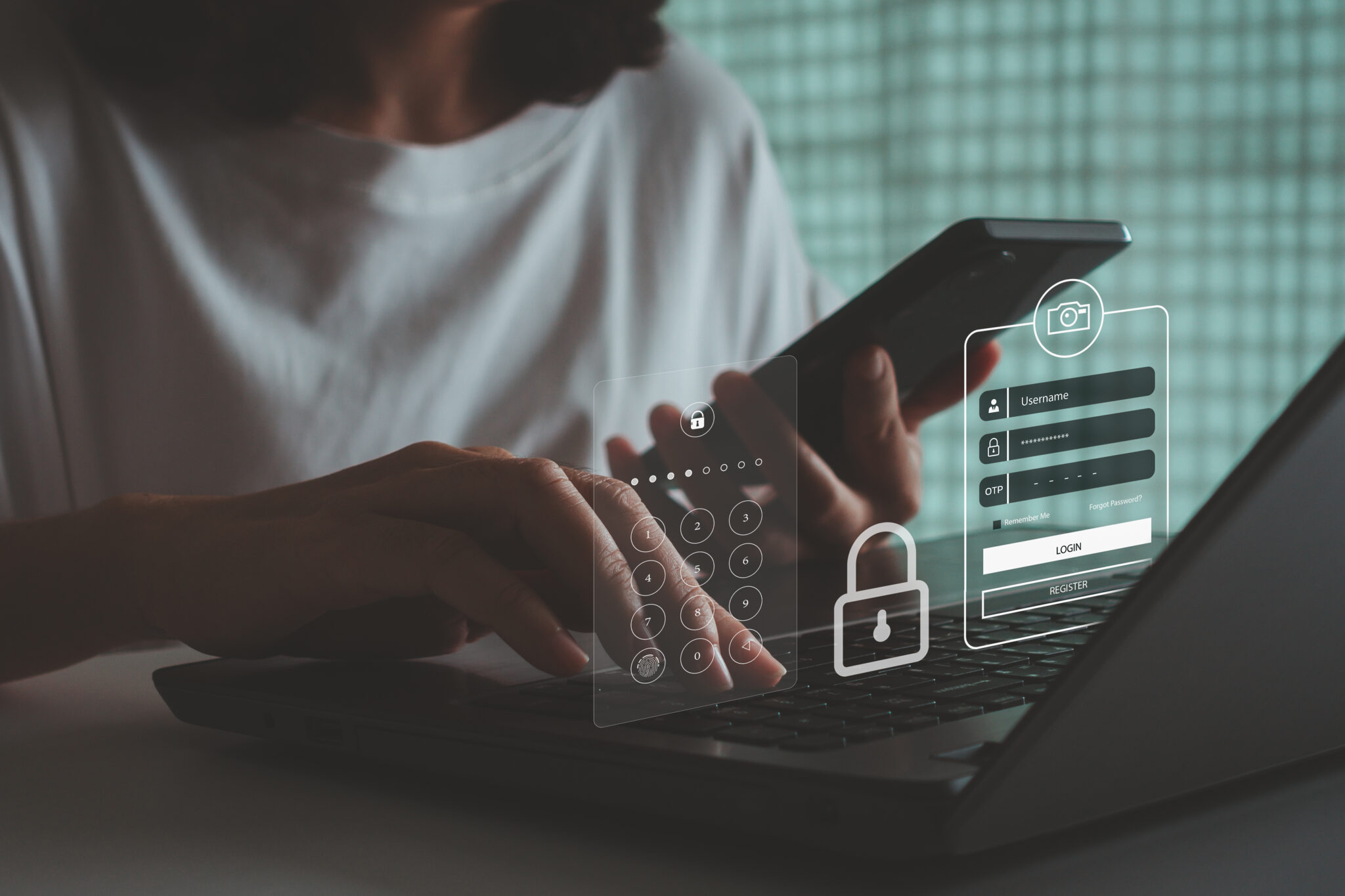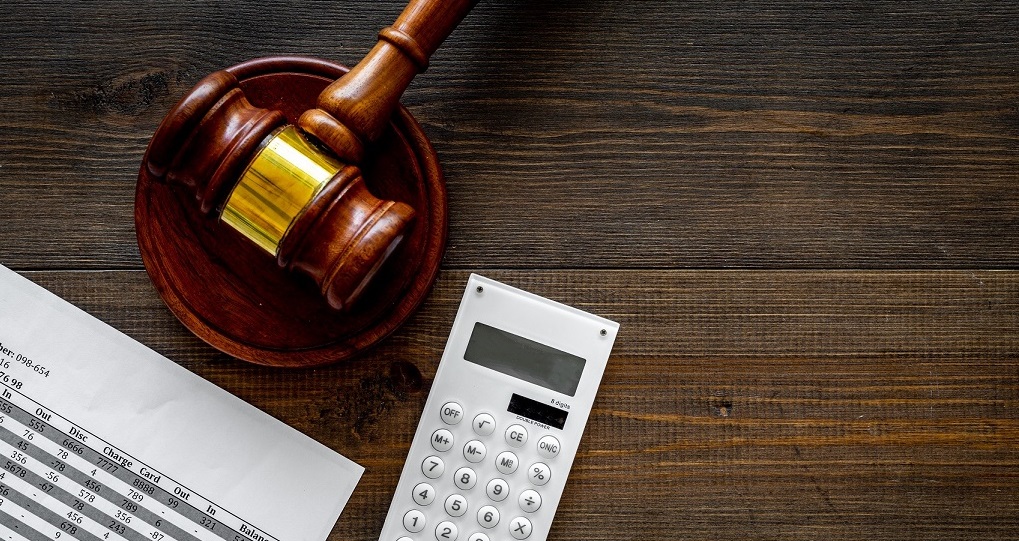The words “insolvency” and “bankruptcy” are often used interchangeably but mean two very different things. Whilst both words carry negative connotations and the inference of an inability to pay bills on time, they each describe different circumstances and have different consequences for individuals who are struggling to pay their debts.
This article seeks to explain the differences between insolvency and bankruptcy and the implications of each for individuals experiencing financial difficulty.
What is personal insolvency?
Put simply, personal insolvency is an individual’s inability to pay their debts as and when they fall due. Whilst insolvency appears, at least on its face, to be a relatively straightforward concept, the act of establishing insolvency or defending an allegation of insolvency can be complex and, in some cases, can require expert analysis.
The causes of personal insolvency can be many and varied. For example:
- some non-business related causes include excessive use of credit, unemployment or loss of income, domestic discord or a relationship breakdown, ill health and adverse legal action; and
- some business related causes include economic conditions, lack of business ability, lack of capital, excessive drawings, inability to collect debts and seasonal conditions.
Insolvency is a state that many individuals find themselves in from time to time. In fact, statistics recently published by the Australian Financial Security Authority reveal that there were 10,621 new personal insolvencies in Australia in the financial year ended 30 June 2021.
Whilst insolvency is a state people can often experience only temporarily, if it is not dealt with promptly and the financial circumstances quickly improved, it can have drastic consequences for individuals who have a protracted inability to pay their debts.
What is bankruptcy?
Bankruptcy is a legal process whereby a bankruptcy trustee is appointed to control an insolvent individual’s property and financial affairs with a view to releasing the bankrupt from most of their debts, providing relief, and allowing them to make a fresh start. The trustee’s role is to realise the bankrupt’s assets for the benefit of unsecured creditors and conduct investigations into the conduct of the bankrupt.
Bankruptcy is a legal option an individual may wish to consider if they are facing prolonged personal insolvency.
What are the differences between insolvency and bankruptcy?
The main difference between personal insolvency and bankruptcy is that whilst personal insolvency refers to an individual’s financial state, bankruptcy refers to an individual’s legal state. If a person is insolvent, they are unable to pay their debts as and when they fall due and, if this is the case, it will become important for them to look at the options available to them to address their insolvency, one of which is declaring bankruptcy before one of their creditors applies to the court to have them declared bankrupt.
There are also a number of other formal legal options available to insolvent individuals to help them get their finances under control aside from bankruptcy. For further information on the other options available for insolvent individuals (aside from bankruptcy), please click here to read our article entitled “What happens when a business becomes insolvent?”
What are the consequences of personal insolvency and bankruptcy?
The consequences of personal insolvency vary depending on the seriousness of the individual’s financial difficulties and the action taken by the insolvent individual. For example, overdue payments can be recorded on an individual’s credit file and can have a negative impact on their credit score. Whereas the consequences of bankruptcy for insolvent individuals can be much more significant. For example:
-
- if they earn over a certain amount, they may need to make compulsory payments to their bankruptcy trustee;
- there may be some restrictions on their employment and running a business;
- they must request permission from their trustee to travel overseas;
- their name will permanently appear on the National Personal Insolvency Index (NPII);
- it can affect their ability to obtain future credit;
- their trustee may sell their assets; and
- they may lose the right to take or continue legal action.
Do I need a lawyer?
If facing insolvency, it is important that you know your options. You should seek advice from your financial and legal advisors upon determining that you may be insolvent. By acting early, and prior to creditors taking adverse action, you will be maximising your prospects of a better outcome.
The Coulter Legal Litigation & Dispute Resolution team have significant experience acting for insolvent individuals and both for and against bankruptcy trustees.












